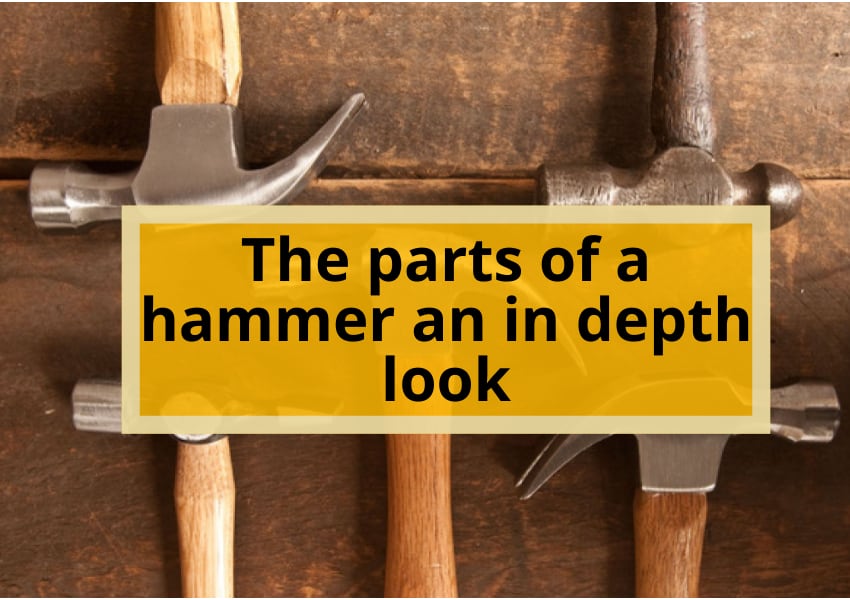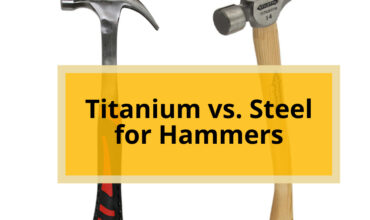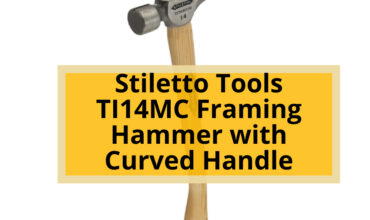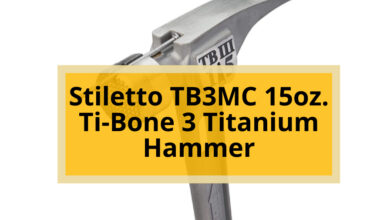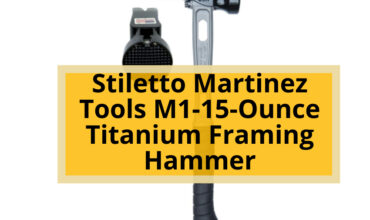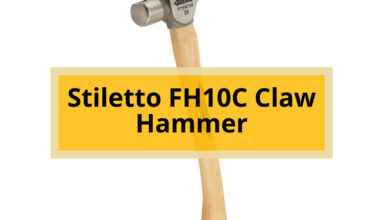Hammers are one of the most fundamental tools in any toolbox, used for a wide range of tasks from construction to metalworking. With such a vast array of hammers available on the market, it can be challenging to choose the right one for the job.
The key to selecting the right hammer is to understand its anatomy, materials, and unique functions. The anatomy of a hammer consists of three main components: the head, neck, and peen/claw. The head is the part of the hammer that delivers the force to the object being struck, and the neck connects the head to the handle. The peen/claw is the opposite side of the head, designed for pulling nails, shaping metal, or splitting wood.
The unique design of each hammer type enables it to perform specific tasks more efficiently, making it essential for users to understand the differences between them. The materials used in hammer construction have also evolved over time, with modern hammers made from a range of materials, including steel, titanium, and fiberglass. Understanding the materials used in hammer construction is crucial in selecting the right tool for the job.
Hammer Anatomy
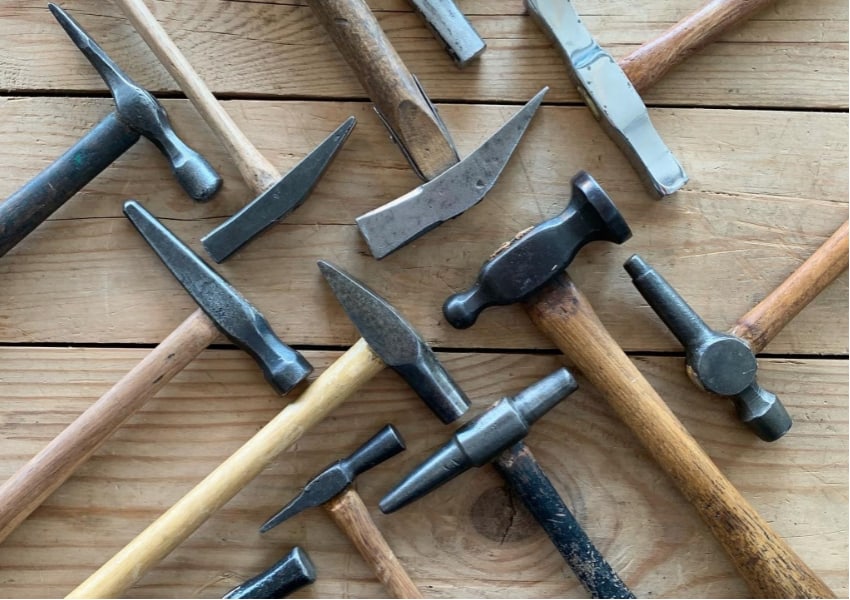
The anatomy of hammers, comprising the head, neck, and peen/claw, is a critical aspect to consider when selecting the appropriate hammer for a specific task. The balance, shape, texture, and diameter of the face of the hammer and the materials used in its construction all play a vital role in achieving optimal efficiency and user comfort.
When selecting a hammer, the type of hammer face is an important consideration. The face of the hammer can vary in shape, texture, and diameter, and different types are suited for different tasks.
Additionally, the balance and grip of the hammer handle should also be considered, as this can affect the user’s comfort and ability to control the hammer during use.
By taking into account the anatomy of the hammer, including the type of hammer face, balance, and grip, one can choose the most suitable tool for the job at hand.
Also read : What Size Hammer Do I Need ?
Materials and Evolution
Materials used in hammer construction have undergone significant evolution over time, resulting in increased user comfort and efficiency. The advent of new materials has allowed for hammers to be lighter, more durable, and better suited for specific tasks.
Materials innovation in hammer construction has led to the use of fiberglass, titanium, and carbon fiber in hammer handles. These materials are much lighter than traditional wooden handles, reducing user fatigue and allowing for longer periods of use. Additionally, ergonomic design has become a focus of hammer manufacturers, with handles being shaped to fit the contours of the hand and reduce strain on the wrist. The use of rubber grips has also become popular, providing a non-slip surface for a more secure hold.
Finally, the use of advanced manufacturing techniques has led to hammers with greater precision and accuracy, allowing for better control and less wasted effort. Overall, these innovations have made hammers more efficient and comfortable to use, improving productivity and reducing the risk of injury.
Also read : What Size Hammer Do I Need ?
Best Lineman Hammers
Klein Tools 809-36, Estwing E3-40L, and Southwire Bmeh Heavy Duty Hammer are among the top brands when it comes to lineman hammers. These hammers are specifically designed for the electrical industry and are known for their durability and strength.
The key features of these hammers include their heavy-duty construction, shock-resistant handles, and magnetic nail holding abilities. The Klein Tools 809-36 features a fiberglass handle that is designed to absorb shock, while the Estwing E3-40L comes with a leather grip for a comfortable hold. On the other hand, the Southwire Bmeh Heavy Duty Hammer boasts a magnetic nail holder that allows users to hold nails in place while positioning them.
Overall, these hammers are a great investment for anyone in the electrical industry, as they provide reliable and efficient performance.
Also read : Best Cordless Brad Nailer
Frequently Asked Questions
What are some common mistakes people make when using hammers, and how can they be avoided?
Proper hammer technique is essential for avoiding injuries. Common mistakes include holding the hammer too close to the head, using the wrong hammer for the job, and not wearing appropriate safety gear. To avoid these mistakes, always use a hammer that is appropriate for the task, hold it securely at the end of the handle, and wear eye and hand protection.
How long have hammers been in use as a tool?
Hammers have been in use for thousands of years, with the earliest examples dating back to ancient civilizations. Throughout history, the anatomy and materials of hammers have evolved for increased efficiency and user comfort, reflecting the tool’s continued importance in various industries.
Can hammers be customized for specific tasks?
Custom hammer modifications can be made for specific tasks, such as changing the shape, texture, or weight of the head. DIY hammer handles can also be created for a more comfortable grip or to accommodate different hand sizes.
